It looks like you're using an Ad Blocker.
Please white-list or disable AboveTopSecret.com in your ad-blocking tool.
Thank you.
Some features of ATS will be disabled while you continue to use an ad-blocker.
share:
In this post I would like to make a case for Lost Ancient Technology being used in the production of the Obelisks in the Aswan Quarry.
The conventional wisdom states that the obelisks were pounded out with stone pounders but that’s not the case. I believe that the Ancient Egyptians inherited this site and tried to replicate the techniques and marks they found there by using the only tools that they possessed - stone pounders.
As you can see by using that method you wouldn’t get very far.
‘Right Click’ then ‘View Image’ the photos are very large.
The Obelisk

These marks were not made with stone pounders -
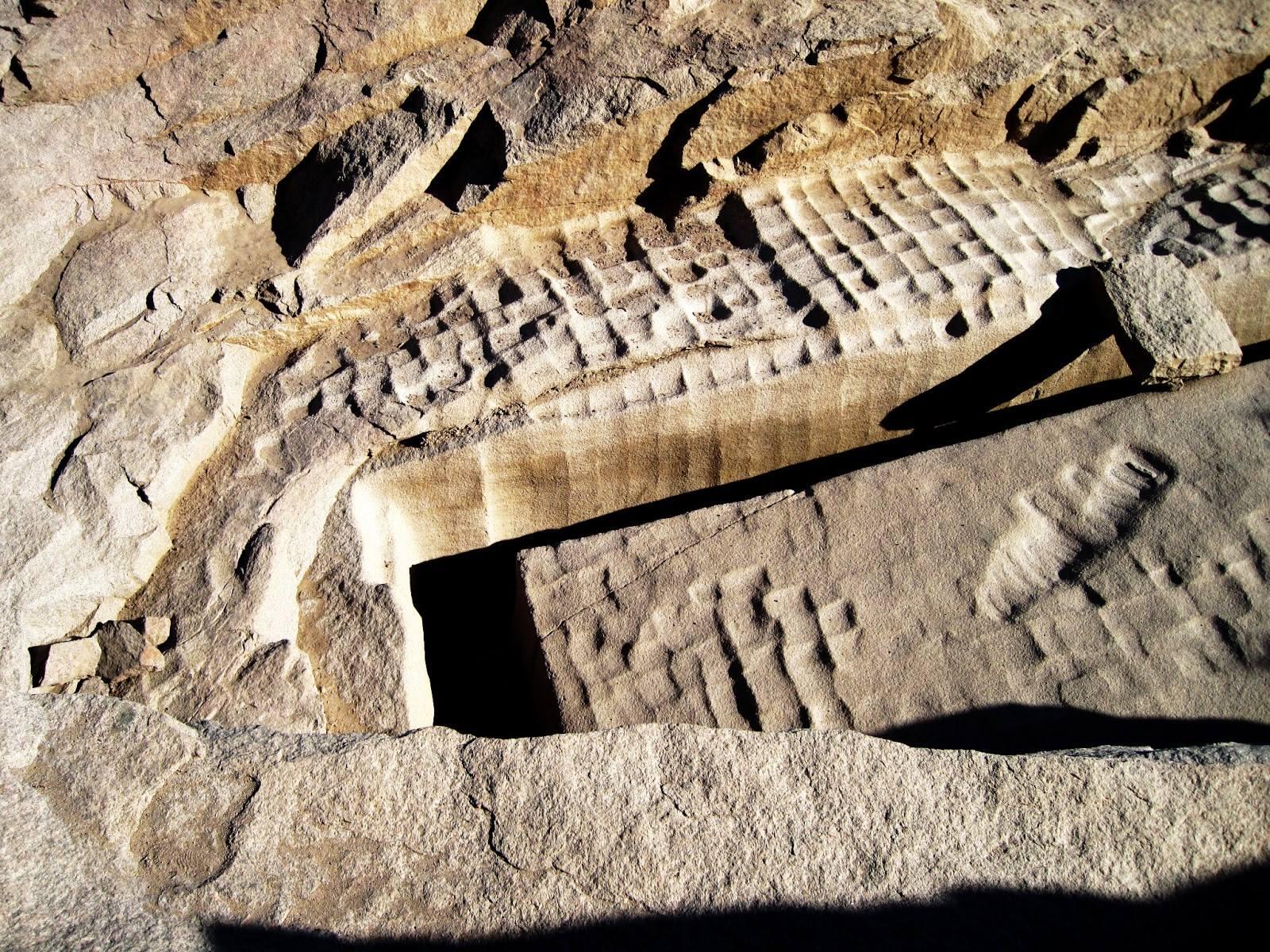
Underneath
This area underneath the Obelisk is just too narrow and certainly not high enough for anyone to swing a stone ball at it. Also the angle is too acute for it to have been made with a pounder unless that is they were using gold ball size pounders which makes no sense.

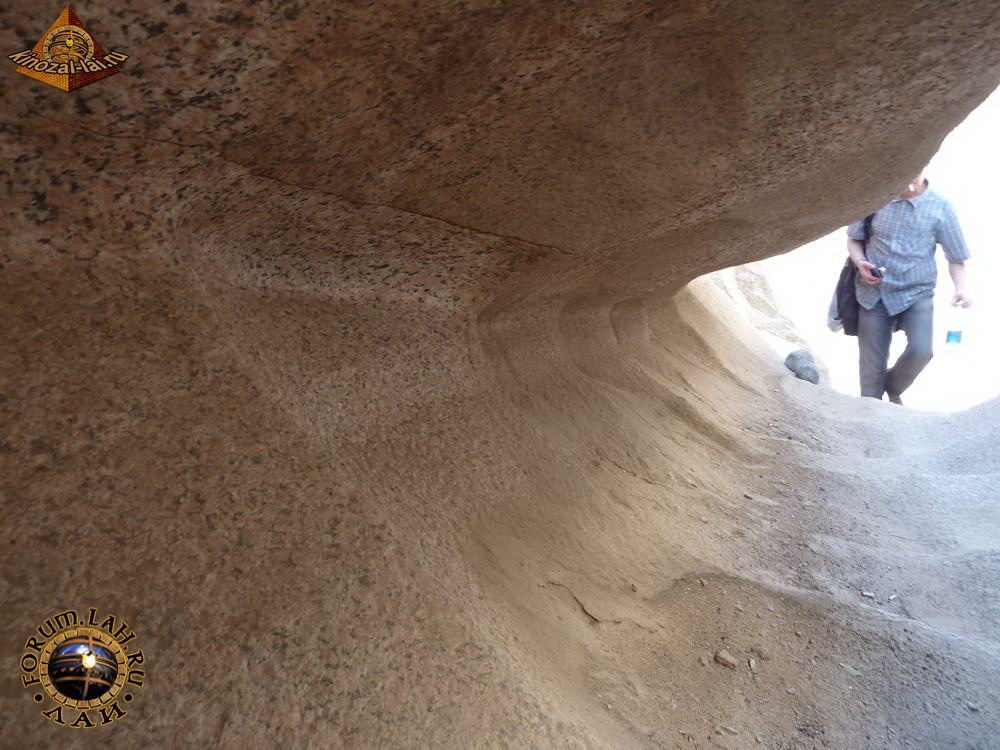
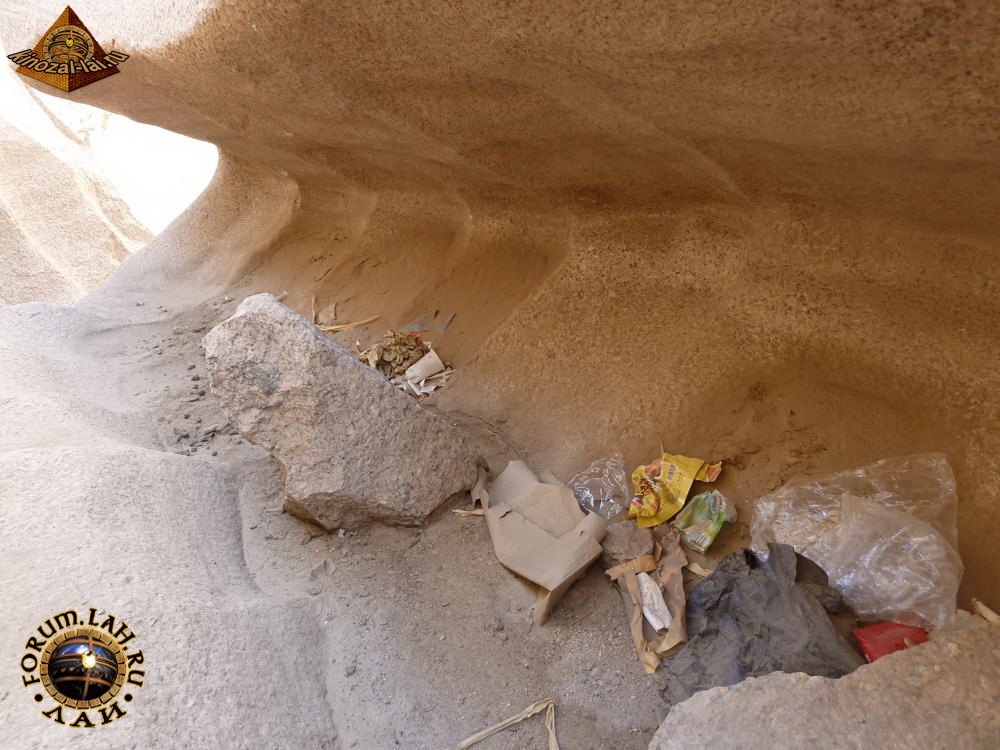

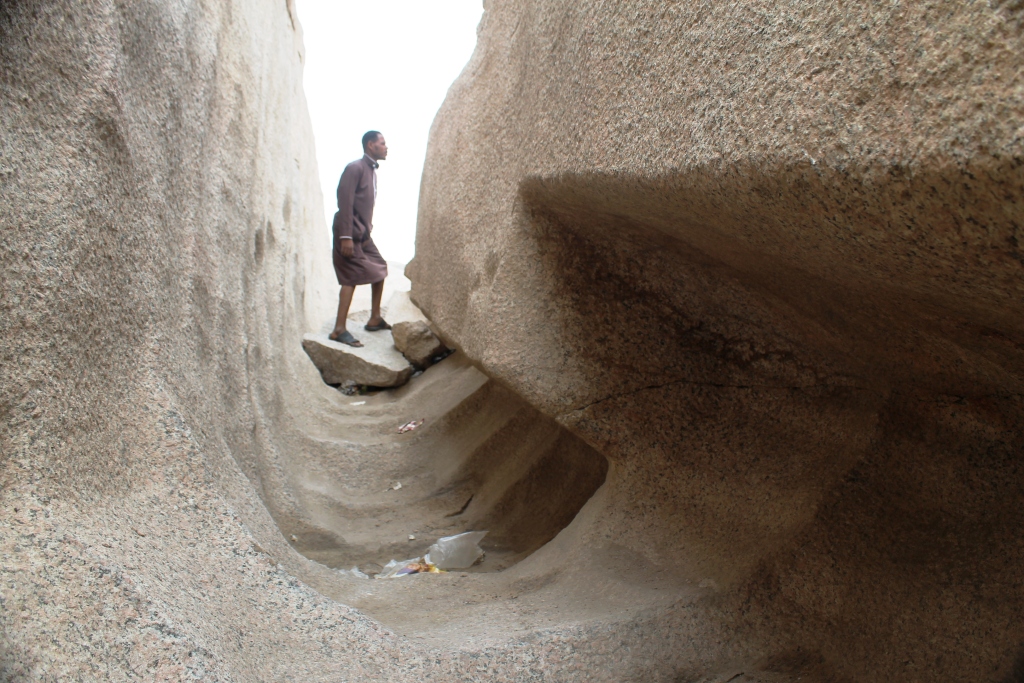
Channels
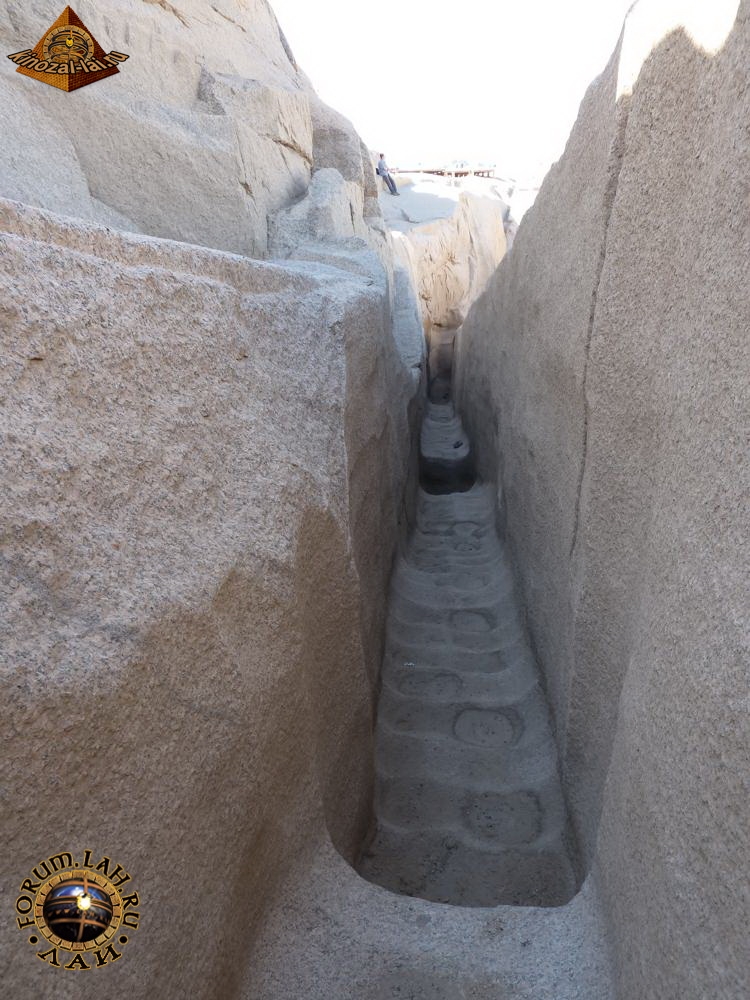
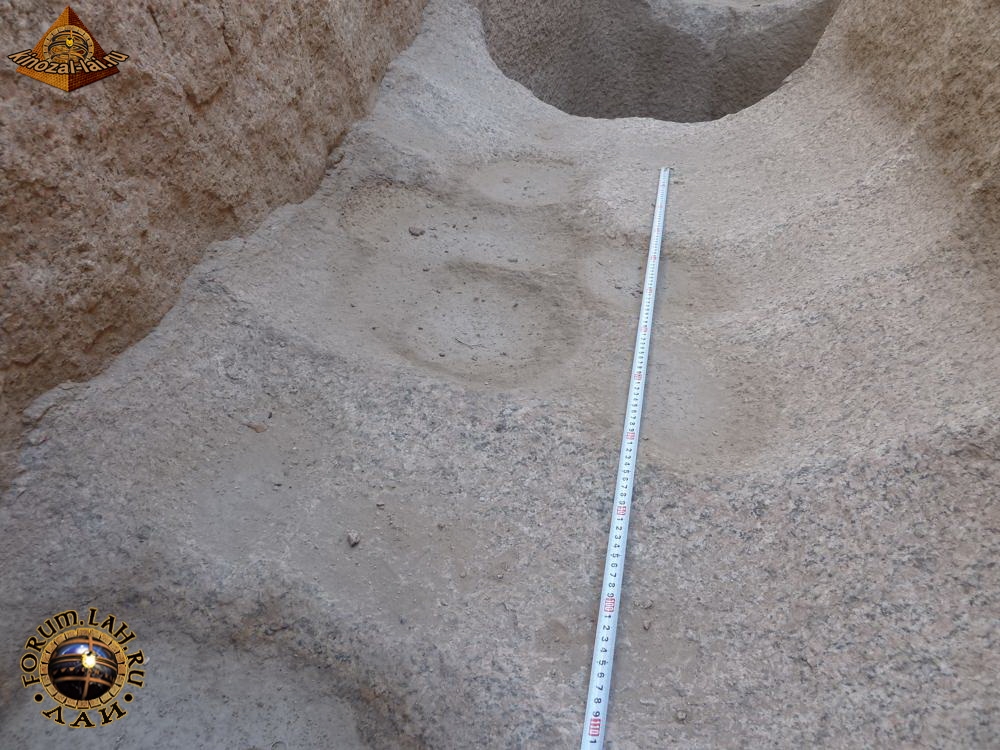
Holes
Again here some of the angles are too acute for stone pounders to have been used
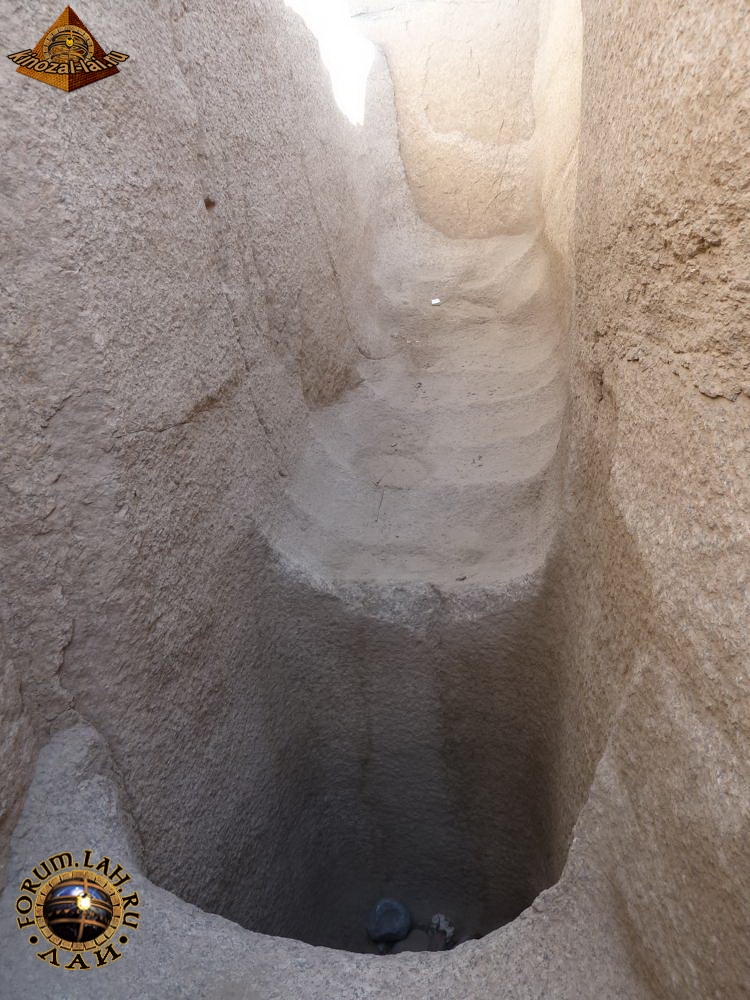
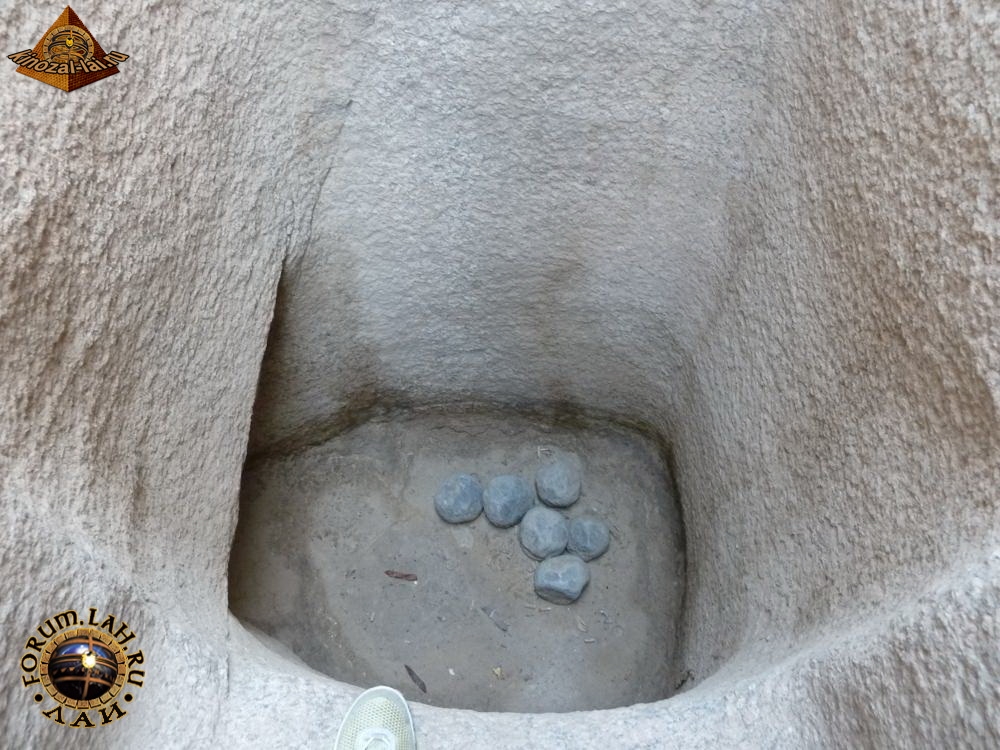
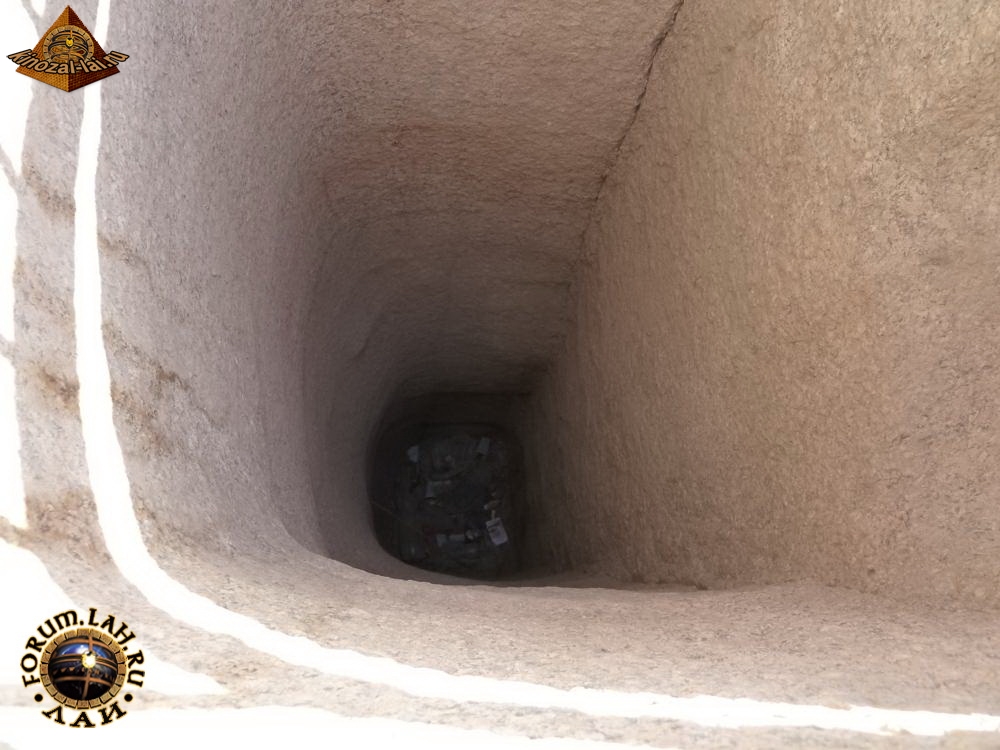
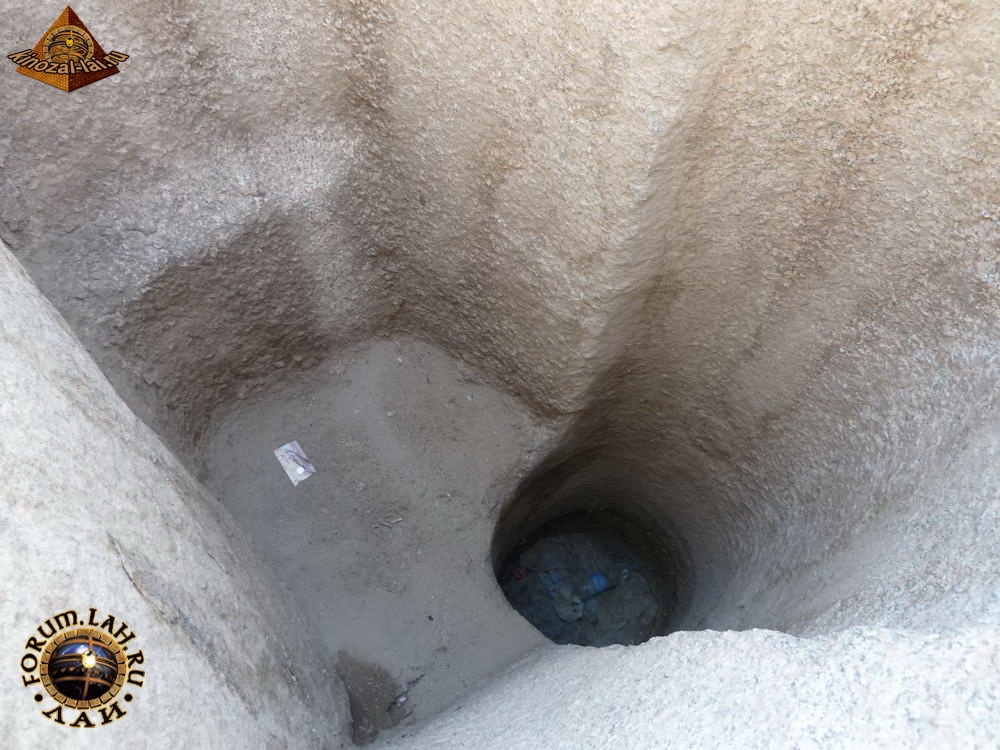
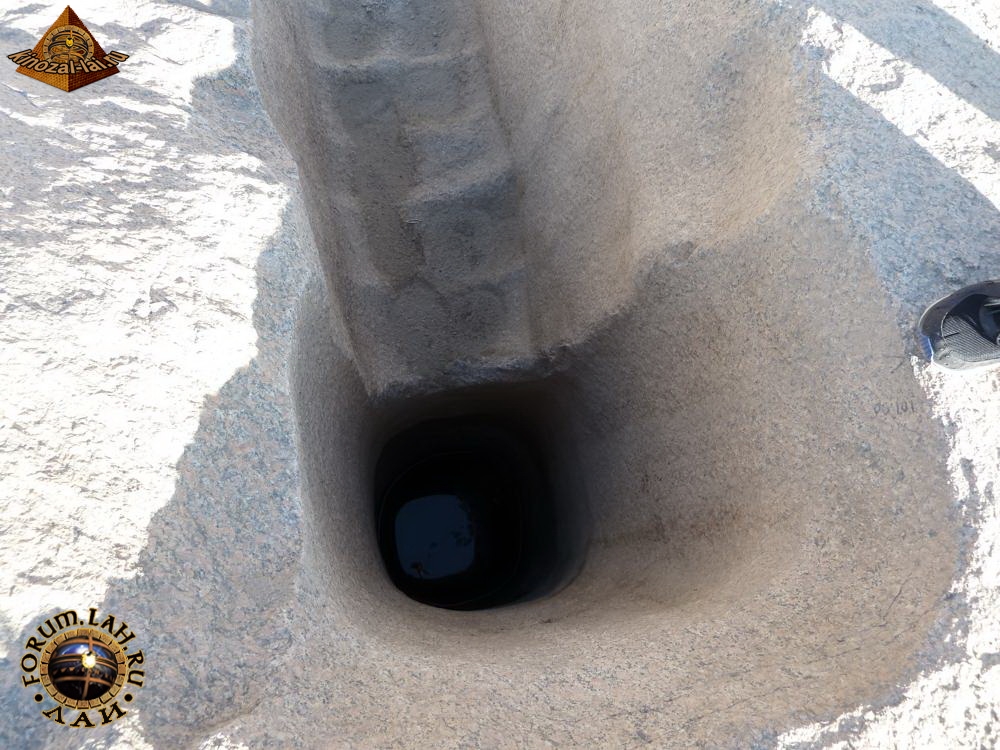
The edge of this hole rules out the use of stone pounders as it’s far too crisp -
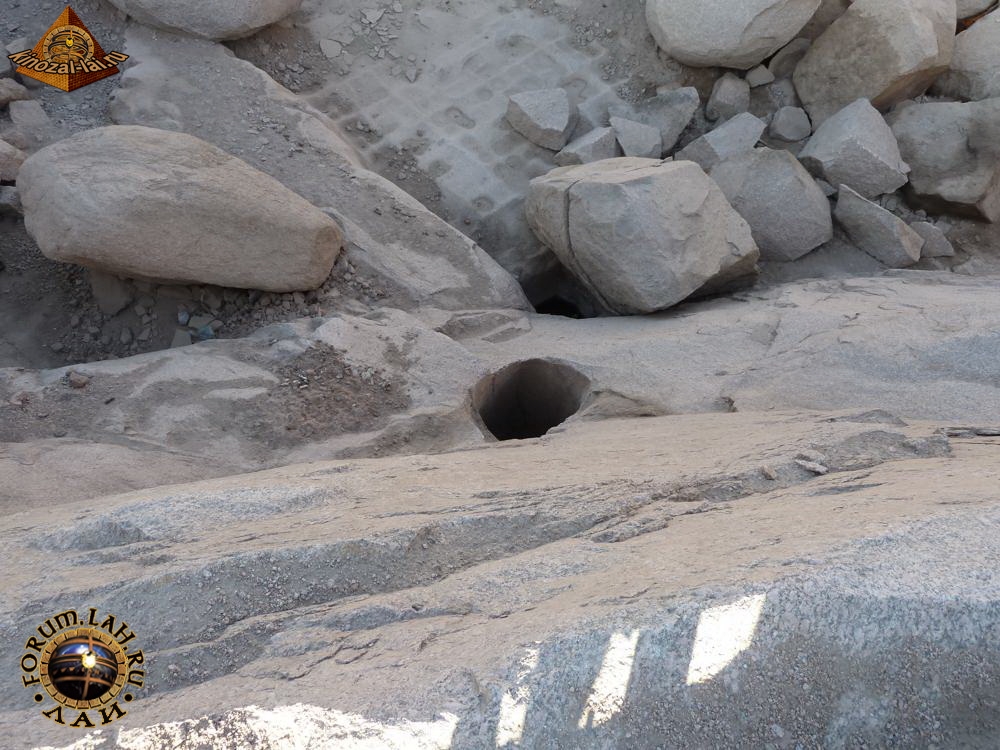
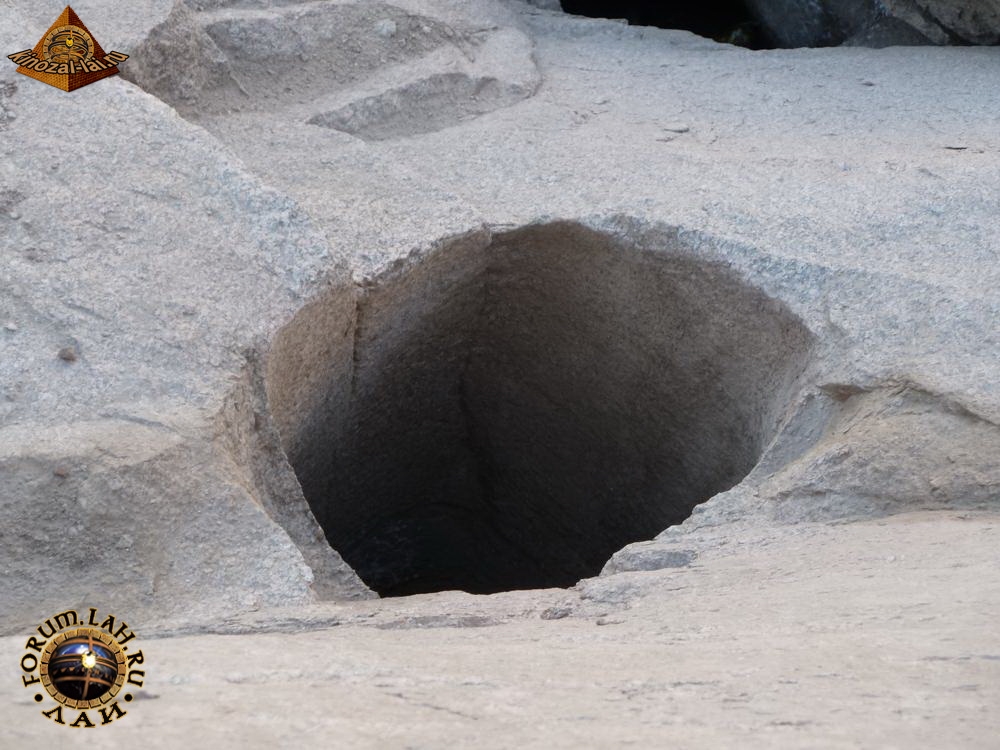
Floor
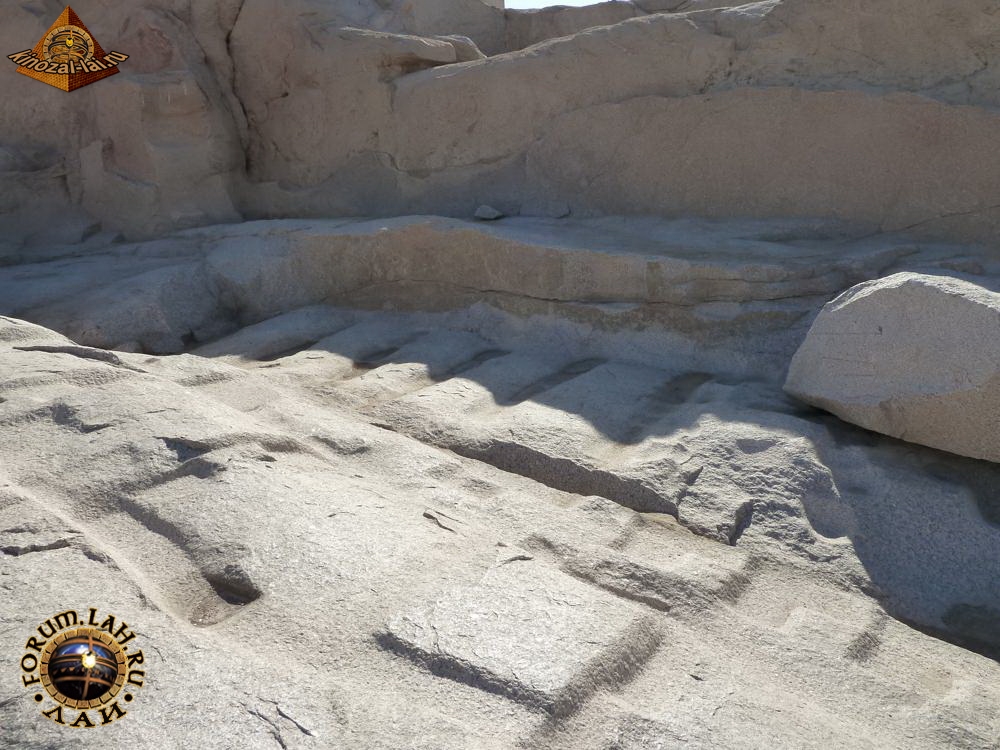
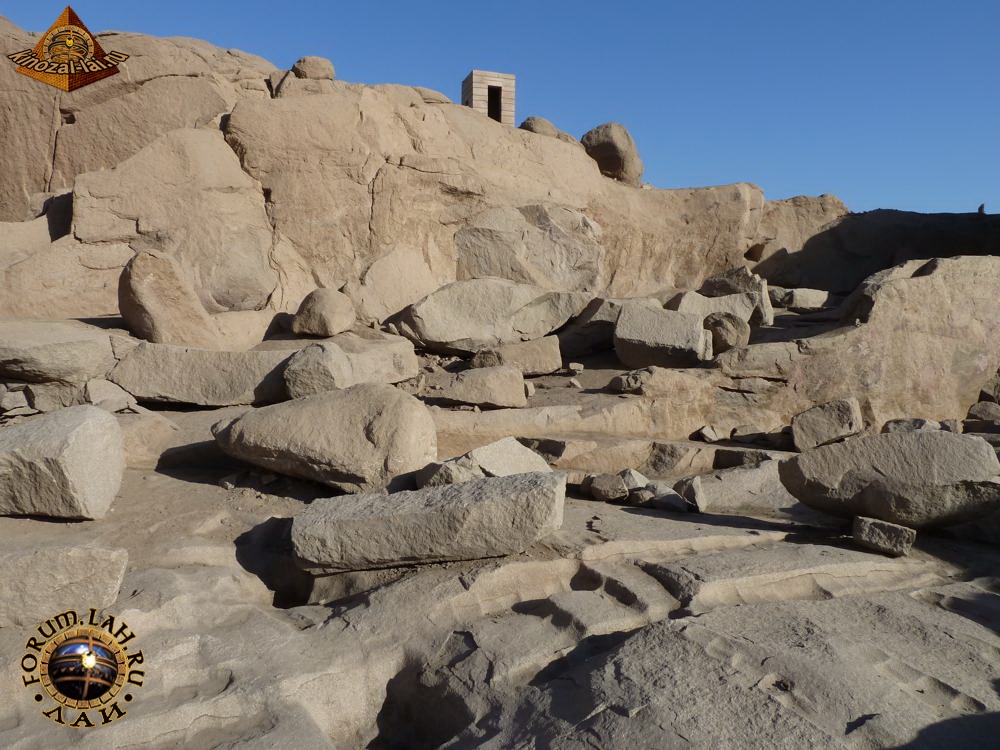
Walls
Here we see the same marks on some walls. Obviously not pounding stones out here -
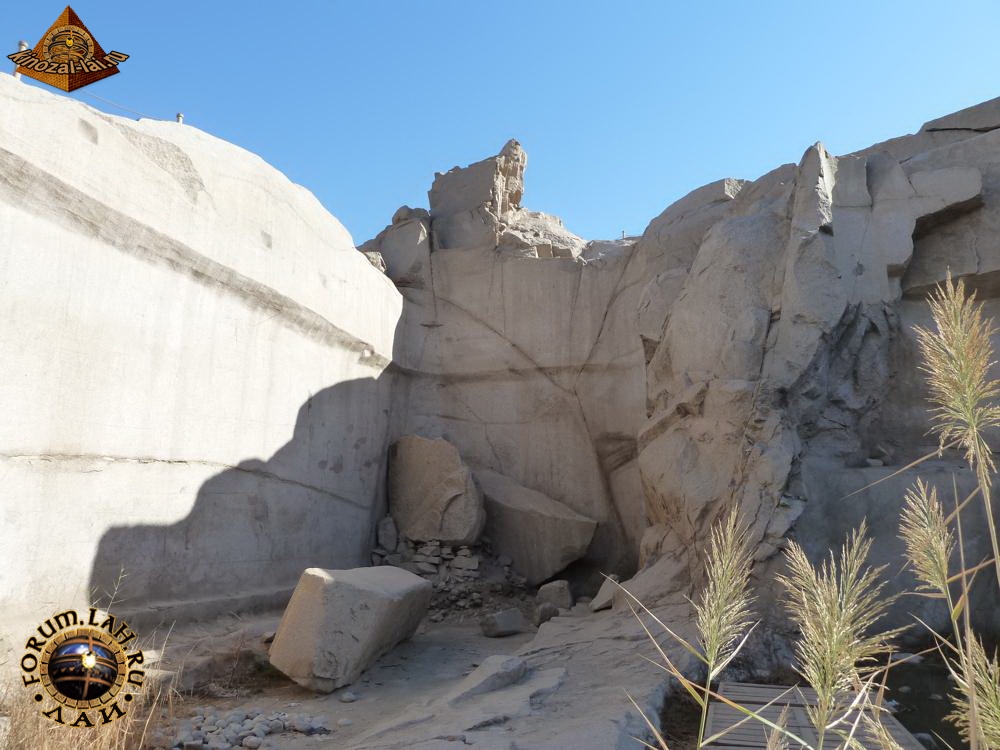
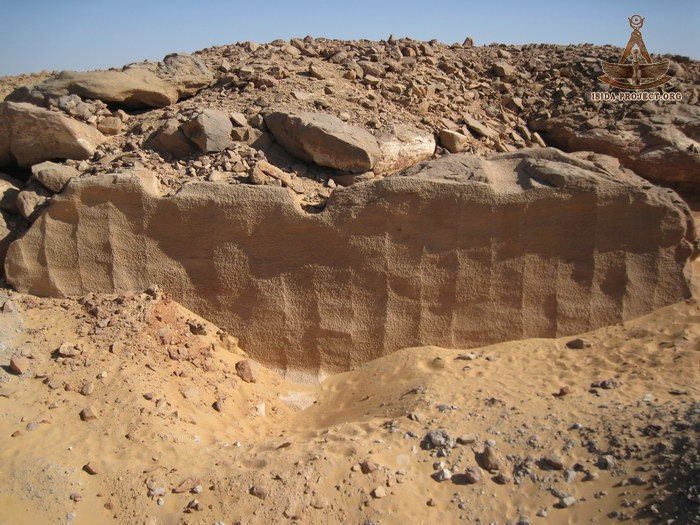
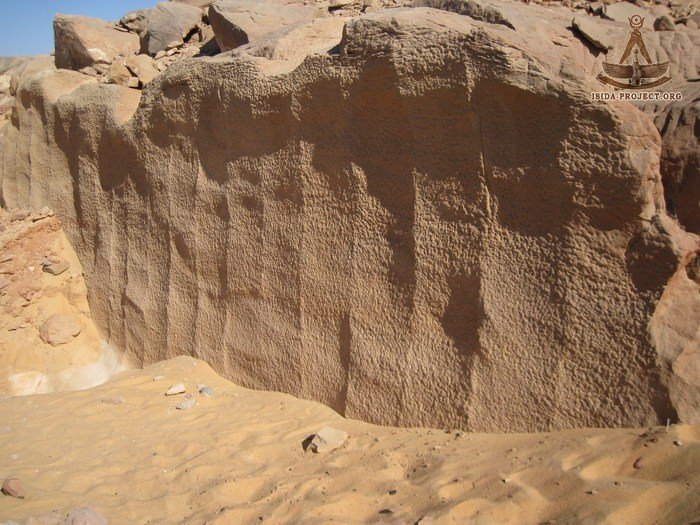
Here we see similar marks, were they pounded out with stone balls too? Doubtful.
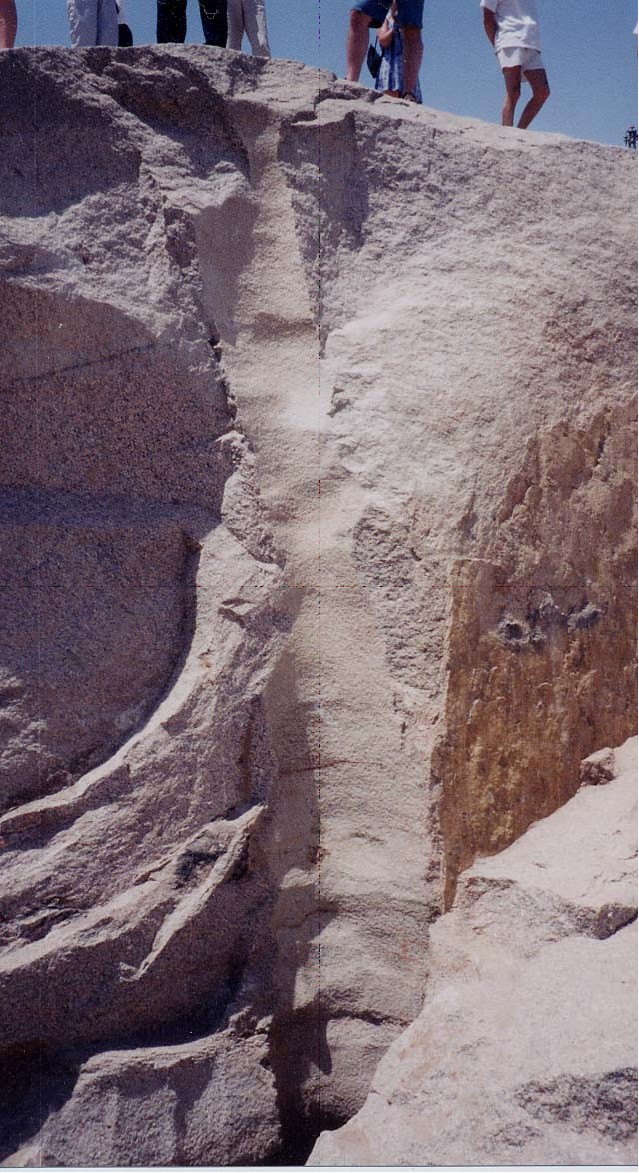
When it comes to these structures you will always be asked to suspend logic and accept theories which simply do not match the practical work that has been done.
Keep searching for the TRUTH!
More photos here - kinozal-lai.ru...
The conventional wisdom states that the obelisks were pounded out with stone pounders but that’s not the case. I believe that the Ancient Egyptians inherited this site and tried to replicate the techniques and marks they found there by using the only tools that they possessed - stone pounders.
As you can see by using that method you wouldn’t get very far.
‘Right Click’ then ‘View Image’ the photos are very large.
The Obelisk

These marks were not made with stone pounders -

Underneath
This area underneath the Obelisk is just too narrow and certainly not high enough for anyone to swing a stone ball at it. Also the angle is too acute for it to have been made with a pounder unless that is they were using gold ball size pounders which makes no sense.





Channels


Holes
Again here some of the angles are too acute for stone pounders to have been used





The edge of this hole rules out the use of stone pounders as it’s far too crisp -


Floor


Walls
Here we see the same marks on some walls. Obviously not pounding stones out here -



Here we see similar marks, were they pounded out with stone balls too? Doubtful.

When it comes to these structures you will always be asked to suspend logic and accept theories which simply do not match the practical work that has been done.
Keep searching for the TRUTH!
More photos here - kinozal-lai.ru...
a reply to: JamesTB
Thanks for the presentation and the excellent photos. It does give someone a lot to think about. Perhaps we'll come across some reliefs somewhere that will show us all the tools and methods used to erect such monoliths. Until then, I can only marvel and wonder.
Thanks for the presentation and the excellent photos. It does give someone a lot to think about. Perhaps we'll come across some reliefs somewhere that will show us all the tools and methods used to erect such monoliths. Until then, I can only marvel and wonder.
a reply to: JamesTB
Pounders/Hammer-stones absolutely do work.
I've pounded out most of a Quartzite axe head using Flint hammer-stones, until i broke the piece (it was the first time i had tried such a task) and decided to concentrate on something else instead.
I've used Granite hammer-stones as the striking tool when knapping Flint tools as well. Although the granite is harder than the Flint that it is striking, it still takes wear very noticeably, and more quickly than i initially expected.
Also, it's generally accepted that hammer stones were not swung - no "swing room" is needed as the motion usually only involves moving the hammer a handful of inches of so - it's not like using an axe or a sledgehammer in any way at all, body-motion wise.
On pics 3-6 you are just mistaken when saying the angle is too acute. A fist-sized Hammerstone could just be attached to a haft in a number of different ways and there would be no problem accessing those areas. It would be hard work and tough on the muscles, but that is simply not an obstacle to completing any task.
The hole where you say the edge is too crisp to have been pounded out - why does it have to have been pounded?
There are other methods of working stone with other stone - that shape could have been achieved by scraping or grinding.
So yes, hammer stones.
Thing is though, for there to be a reasonable alternative and for that to be as reasonable as hammer-stones, it has to meets the level of evidence that we have for hammer-stones.
We have to examine the materials they could have be made from, how they were powered, who made them and what remains of these tools, or what remains of similar tools from the same or nearby cultures that could point to their existence or technological feasibility.
Otherwise it's really just incredulity and fantasy.
Pounders/Hammer-stones absolutely do work.
I've pounded out most of a Quartzite axe head using Flint hammer-stones, until i broke the piece (it was the first time i had tried such a task) and decided to concentrate on something else instead.
I've used Granite hammer-stones as the striking tool when knapping Flint tools as well. Although the granite is harder than the Flint that it is striking, it still takes wear very noticeably, and more quickly than i initially expected.
Also, it's generally accepted that hammer stones were not swung - no "swing room" is needed as the motion usually only involves moving the hammer a handful of inches of so - it's not like using an axe or a sledgehammer in any way at all, body-motion wise.
On pics 3-6 you are just mistaken when saying the angle is too acute. A fist-sized Hammerstone could just be attached to a haft in a number of different ways and there would be no problem accessing those areas. It would be hard work and tough on the muscles, but that is simply not an obstacle to completing any task.
The hole where you say the edge is too crisp to have been pounded out - why does it have to have been pounded?
There are other methods of working stone with other stone - that shape could have been achieved by scraping or grinding.
So yes, hammer stones.
Thing is though, for there to be a reasonable alternative and for that to be as reasonable as hammer-stones, it has to meets the level of evidence that we have for hammer-stones.
We have to examine the materials they could have be made from, how they were powered, who made them and what remains of these tools, or what remains of similar tools from the same or nearby cultures that could point to their existence or technological feasibility.
Otherwise it's really just incredulity and fantasy.
edit on 9-4-2015 by skalla because: clarity
a reply to: JamesTB
Visualize a task supervisor saying, "OK, people (slaves) this marked spot is where you will work. You only will work here. I will be able to tell if you are working as I expect by the end of the day. If you lag behind the others in the amount you chip, you will pay dearly for the laziness."
Not to mention that the rounding of about all corners are clear evidence for the use of ball hammers.
Visualize a task supervisor saying, "OK, people (slaves) this marked spot is where you will work. You only will work here. I will be able to tell if you are working as I expect by the end of the day. If you lag behind the others in the amount you chip, you will pay dearly for the laziness."
Not to mention that the rounding of about all corners are clear evidence for the use of ball hammers.
a reply to: JamesTB
Great thread, and fantastic exemplar images, I must say. They illustrate the point you are trying to make perfectly, in that, indeed, these surfaces DO appear too crisp to have been hammered out with some sort of pounding gear... if that pounding had taken place in the last twenty years, in an area which is not known for extremely abrasive, sand filled winds.
However, I wonder if you have taken proper account of the erosion factor, of those sand saturated winds, blowing into and around these surfaces. Entropy is a powerful force.
Great thread, and fantastic exemplar images, I must say. They illustrate the point you are trying to make perfectly, in that, indeed, these surfaces DO appear too crisp to have been hammered out with some sort of pounding gear... if that pounding had taken place in the last twenty years, in an area which is not known for extremely abrasive, sand filled winds.
However, I wonder if you have taken proper account of the erosion factor, of those sand saturated winds, blowing into and around these surfaces. Entropy is a powerful force.
That's pretty wicked...
I think its obvious these people must have had a way to soften stone that we don't know about...
I seem to recall something very similar in china, where the builders managed to cut through the entire side of a mountain to make a stair case...
S&F
I think its obvious these people must have had a way to soften stone that we don't know about...
I seem to recall something very similar in china, where the builders managed to cut through the entire side of a mountain to make a stair case...
S&F
originally posted by: TrueBrit
a reply to: JamesTB
Great thread, and fantastic exemplar images, I must say. They illustrate the point you are trying to make perfectly, in that, indeed, these surfaces DO appear too crisp to have been hammered out with some sort of pounding gear... if that pounding had taken place in the last twenty years, in an area which is not known for extremely abrasive, sand filled winds.
However, I wonder if you have taken proper account of the erosion factor, of those sand saturated winds, blowing into and around these surfaces. Entropy is a powerful force.
Thank you and that’s a good point that you’ve brought up. Firstly, as far as I’m aware these sites have been covered in sand for quite sometime which has obviously preserved them …
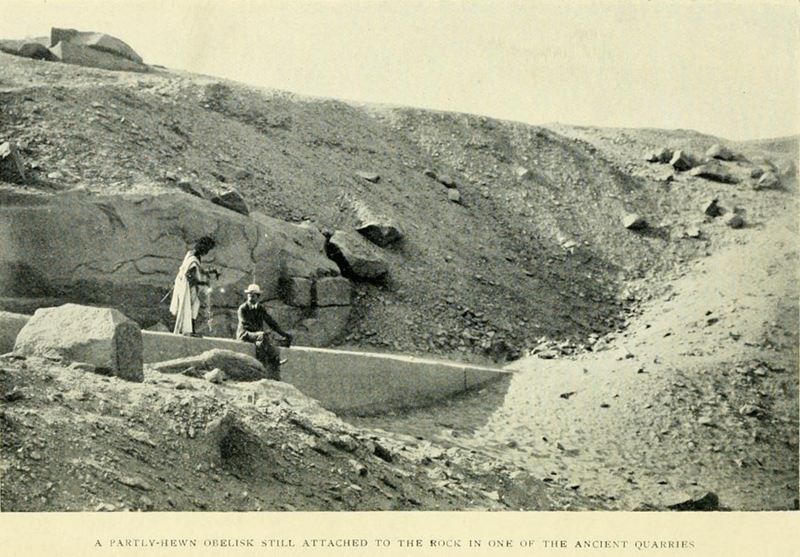
Also and I think more telling are the obelisk’s which were positioned and have stood in the winds for thousands of years. The hieroglyphs still look crisp on them and not smoothed down like on the unfinished surfaces –
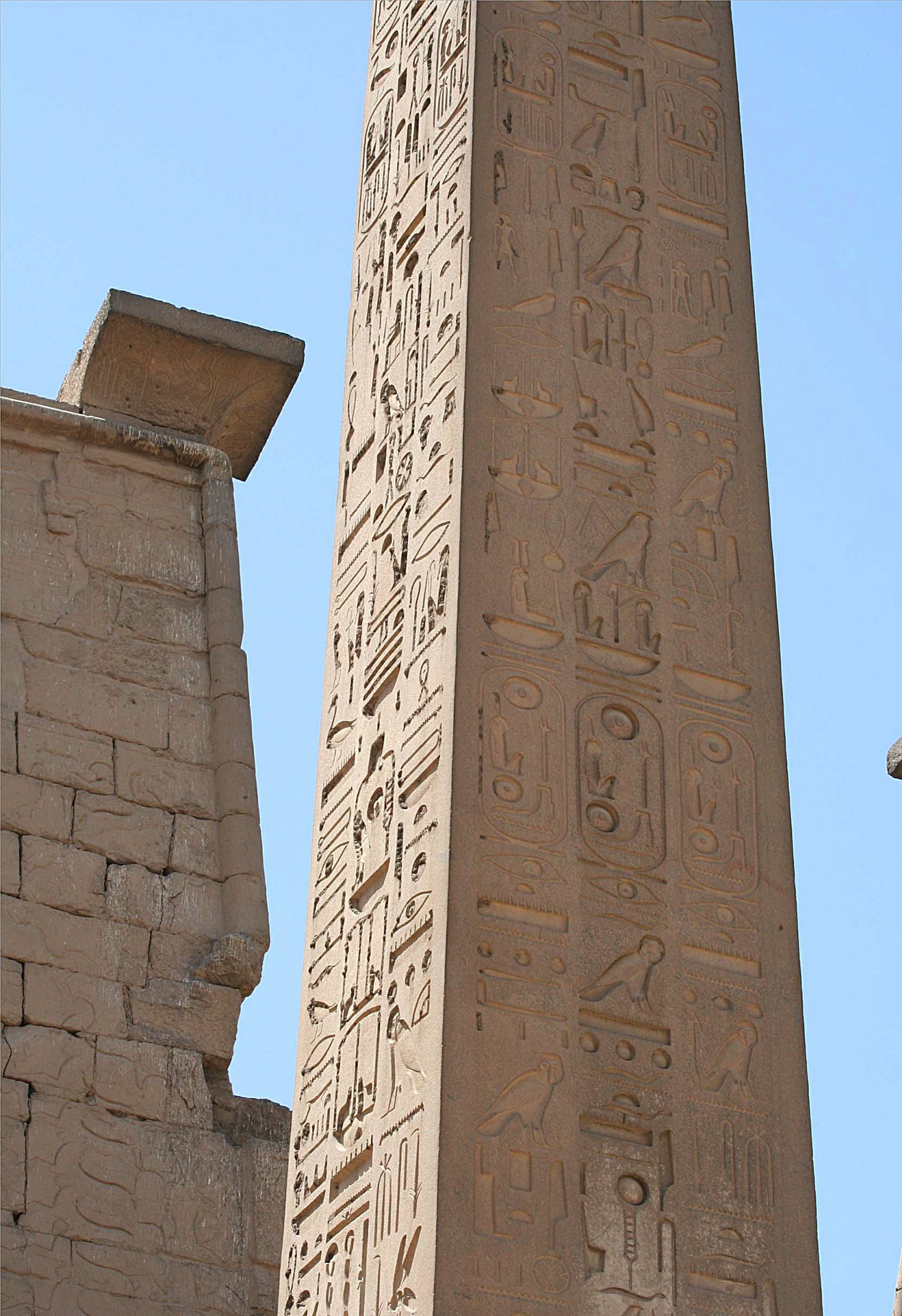
a reply to: JamesTB
I work with stone. In my experience, these marks are absolutely consistent with stone "pounders". One person works in one area at a time, they move down the row and create those marks that you see; I've done it and it looks a lot like those kind sequential scoops that are in your photo. Or have several people working in unison in different areas and you would get a similar effect either way. There is plenty of room to swing in those tight spaces as well. You don't need a full on extended swing to make progress, in fact, that is rarely done. It is a motion that requires only a few inches.
I work with stone. In my experience, these marks are absolutely consistent with stone "pounders". One person works in one area at a time, they move down the row and create those marks that you see; I've done it and it looks a lot like those kind sequential scoops that are in your photo. Or have several people working in unison in different areas and you would get a similar effect either way. There is plenty of room to swing in those tight spaces as well. You don't need a full on extended swing to make progress, in fact, that is rarely done. It is a motion that requires only a few inches.
Reminds me of marks made by the misuse of a power washer on stone. People that don't know how to handle a power washer when cleaning stone often etch the stone and it looks similar to what we see in some of the pics. So maybe they used powerful hydraulics or even some form of sand blaster to cut the stone.
originally posted by: donktheclown
These pics remind me of rotary tool chatter....Unbelievable stuff though, thanks.
a reply to: JamesTB
originally posted by: donktheclown
These pics remind me of rotary tool chatter....Unbelievable stuff though, thanks.
a reply to: JamesTB
Funny, the first thing i thought of was rotary tool markings on a bigger scale.
Maybe some type of grinding wheel used with a rope and gear system.
originally posted by: bkfd54
a reply to: JamesTB
I am upset though, at the trash left in some of those pictures by undoubtedly, tourists.
Just scream it out loud mate - i'm going blasphemy!
The tourists take WAY better care littering through these areas compared to them local imbeciles who they call people who guard and take care of the sites (sigh...)
___
I am sorry but all those smooth dimples in the stone look exactly like stone pounding/grinding.


edit on 9-4-2015 by defiythelie because: Add pic
originally posted by: bkfd54
a reply to: JamesTB
I'm tracking with your thought process...I would agree that evidence suggest an as yet undetermined mining technique. Perhaps a sonic device??? Curious.
I am upset though, at the trash left in some of those pictures by undoubtedly, tourists.
sonic device? like what for example you loon!
a reply to: defiythelie
To me those look round and the depressions in Aswan look square. Maybe not that big of a deal. I'm not a stone worker but I can tell that those two examples look far from exact.
James. Do you have a picture of the wall in Aswan that looks like a slab of granite has been removed with surgical presision? Sorry if that's unambiguous but that's the best I can come up with. Thanks for all the great post. I don't know if you are right but I respect you for putting in the time and effort.
To me those look round and the depressions in Aswan look square. Maybe not that big of a deal. I'm not a stone worker but I can tell that those two examples look far from exact.
James. Do you have a picture of the wall in Aswan that looks like a slab of granite has been removed with surgical presision? Sorry if that's unambiguous but that's the best I can come up with. Thanks for all the great post. I don't know if you are right but I respect you for putting in the time and effort.
edit on 9-4-2015 by BGTM90 because: spelling
originally posted by: BGTM90
a reply to: defiythelie
To me those look round and the depressions in Aswan look square. Maybe not that big of a deal. I'm not a stone worker but I can tell that those two examples look far from exact.
James. Do you have a picture of the wall in Aswan that looks like a slab of granite has been removed with surgical presision? Sorry if that's unambiguous but that's the best I can come up with. Thanks for all the great post. I don't know if you are right but I respect you for putting in the time and effort.
Yes I've often wondered about the 'squareness' of the cuts certainly food for thought.
Here's the pics you asked for you can find many more if you search the Russian site I posted in the OP. The Laboratory of Alternative History (Russian site) is packed with info and photos. You can easily maneuver around it in Google Translate. Back to the photos, yes this is clear evidence of Lost Technology -
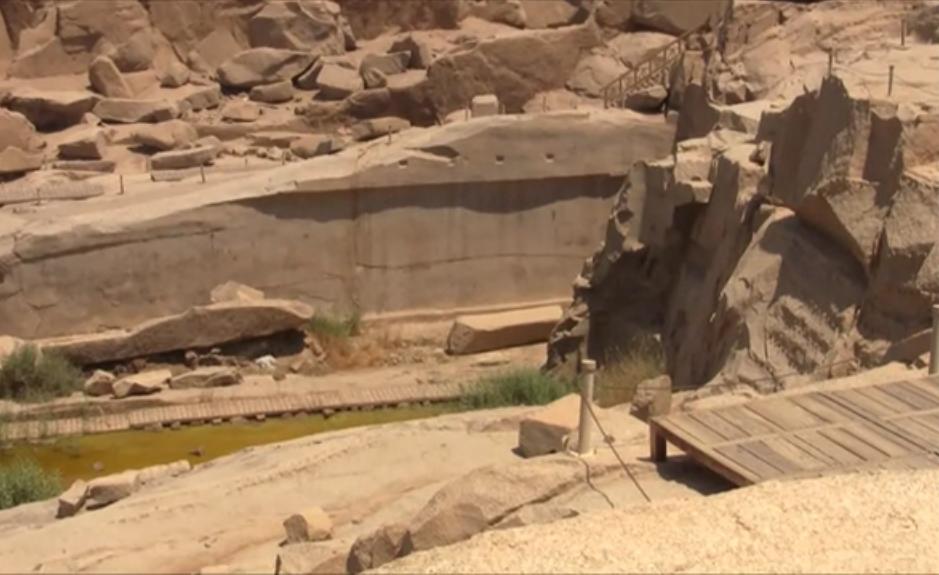
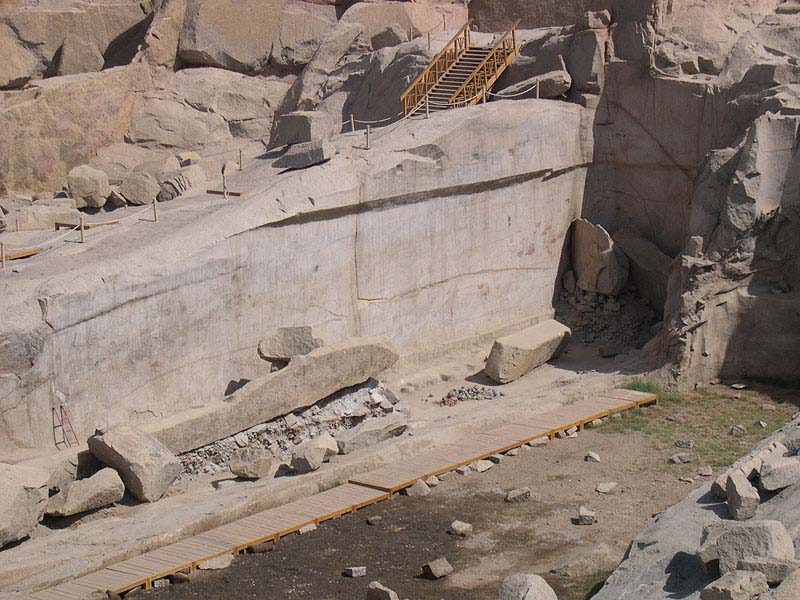
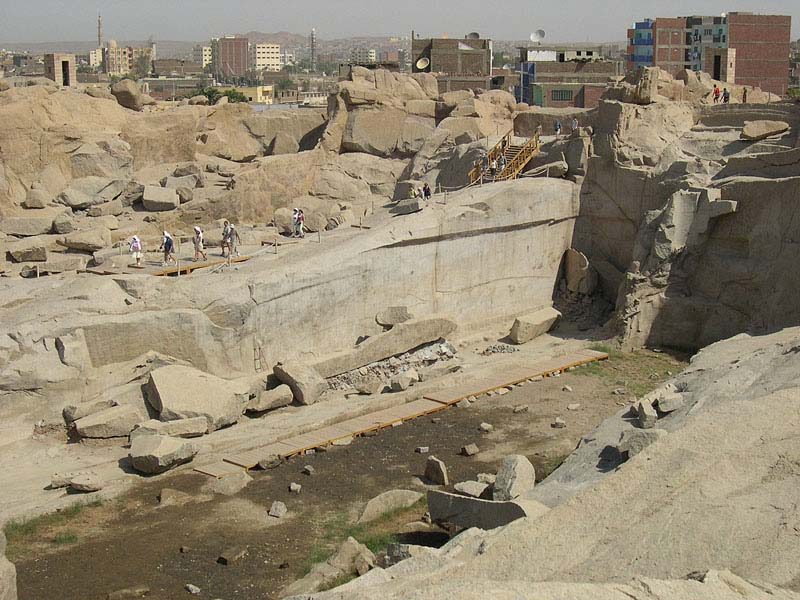
originally posted by: BGTM90
a reply to: defiythelie
To me those look round and the depressions in Aswan look square. Maybe not that big of a deal. I'm not a stone worker but I can tell that those two examples look far from exact.
James. Do you have a picture of the wall in Aswan that looks like a slab of granite has been removed with surgical presision? Sorry if that's unambiguous but that's the best I can come up with. Thanks for all the great post. I don't know if you are right but I respect you for putting in the time and effort.
This photo shows the 'squareness' of the marks better.
I fail to see how these angles could be achieved with stone pounders.
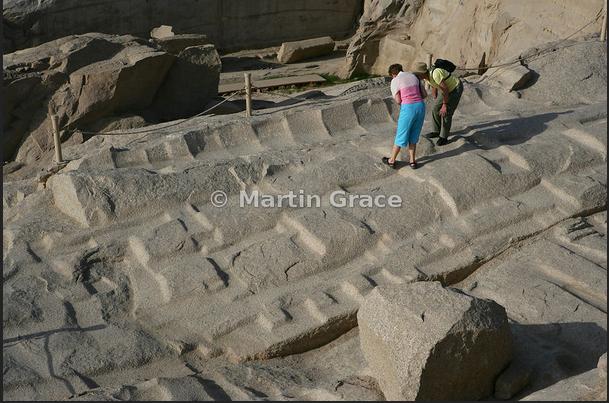
new topics
-
Groaners II
Jokes, Puns, & Pranks: 50 minutes ago -
Lunacy
Short Stories: 1 hours ago -
Political Labels Quizzes
Political Ideology: 1 hours ago -
Why Dems Are Probably Wishing Trump Won in 2020...
US Political Madness: 2 hours ago -
Pure Love is simple.
Philosophy and Metaphysics: 3 hours ago -
Interesting timing 40 monkeys flee medical lab in US
Diseases and Pandemics: 3 hours ago -
All Talk No Walk Celebrities Blowing Smoke
US Political Madness: 5 hours ago -
Arizona and Nevada Called for Trump – Giving Trump 312 Electoral Votes
2024 Elections: 5 hours ago -
A question about abortion and the states
US Political Madness: 8 hours ago -
What shenanigans are at play with the house races?
2024 Elections: 9 hours ago
top topics
-
What shenanigans are at play with the house races?
2024 Elections: 9 hours ago, 12 flags -
Interesting timing 40 monkeys flee medical lab in US
Diseases and Pandemics: 3 hours ago, 11 flags -
Arizona and Nevada Called for Trump – Giving Trump 312 Electoral Votes
2024 Elections: 5 hours ago, 11 flags -
All Talk No Walk Celebrities Blowing Smoke
US Political Madness: 5 hours ago, 11 flags -
Young People and Social Media
Social Issues and Civil Unrest: 12 hours ago, 10 flags -
A question about abortion and the states
US Political Madness: 8 hours ago, 7 flags -
Why Dems Are Probably Wishing Trump Won in 2020...
US Political Madness: 2 hours ago, 6 flags -
Pure Love is simple.
Philosophy and Metaphysics: 3 hours ago, 3 flags -
Lunacy
Short Stories: 1 hours ago, 3 flags -
Political Labels Quizzes
Political Ideology: 1 hours ago, 2 flags
active topics
-
Political Labels Quizzes
Political Ideology • 2 • : ksihkahe -
DOJ moving to wind down Trump criminal cases before he takes office
Mainstream News • 26 • : Vermilion -
A question about abortion and the states
US Political Madness • 29 • : Vermilion -
Remember These Attacks When President Trump 2.0 Retribution-Justice Commences.
2024 Elections • 89 • : WeMustCare -
About that ''Iron Dome''
Other Current Events • 28 • : YourFaceAgain -
Maetaquest 3S
Video Games • 16 • : andy06shake -
President BIDEN's FBI Raided Donald Trump's Florida Home for OBAMA-NORTH KOREA Documents.
Political Conspiracies • 52 • : WeMustCare -
On Nov. 5th 2024 - AMERICANS Prevented the Complete Destruction of America from Within.
2024 Elections • 96 • : cherokeetroy -
Arizona and Nevada Called for Trump – Giving Trump 312 Electoral Votes
2024 Elections • 30 • : awhispersecho -
Lunacy
Short Stories • 1 • : Myhandle
